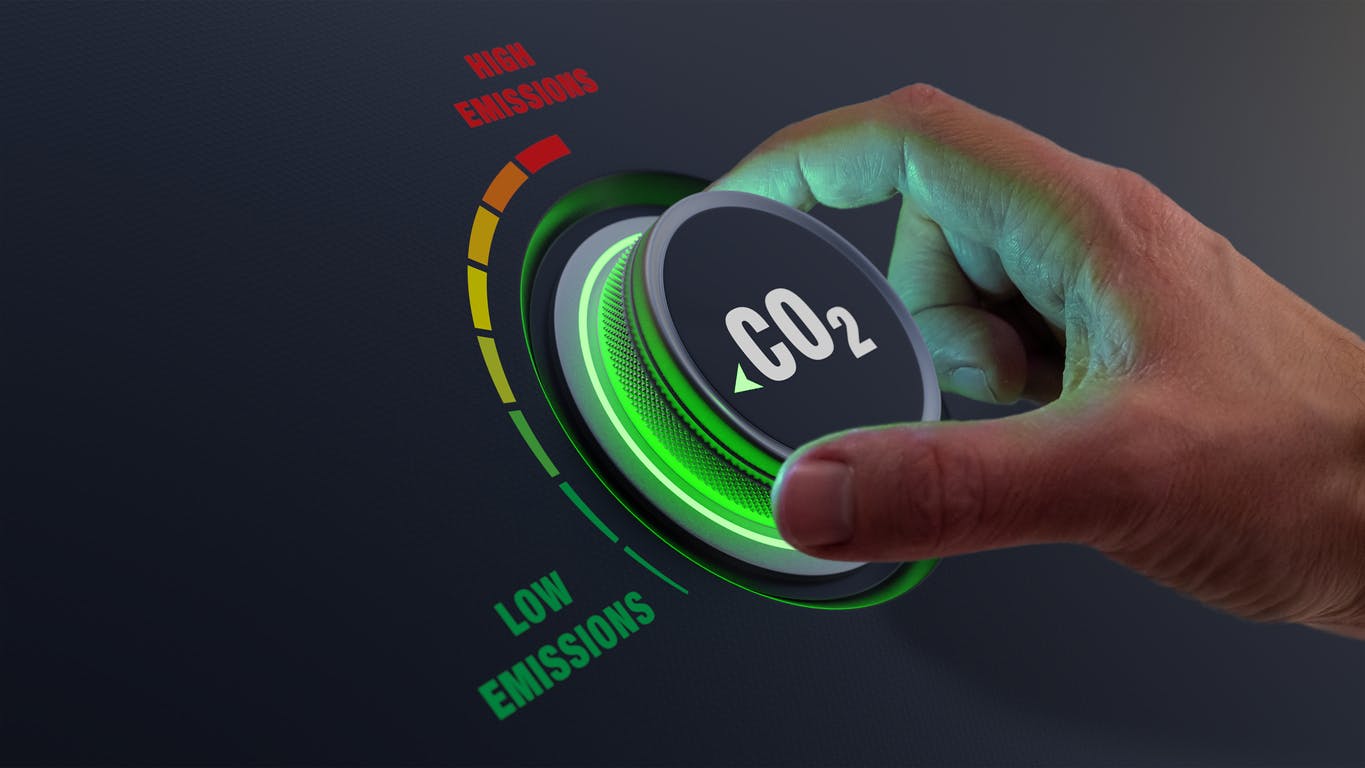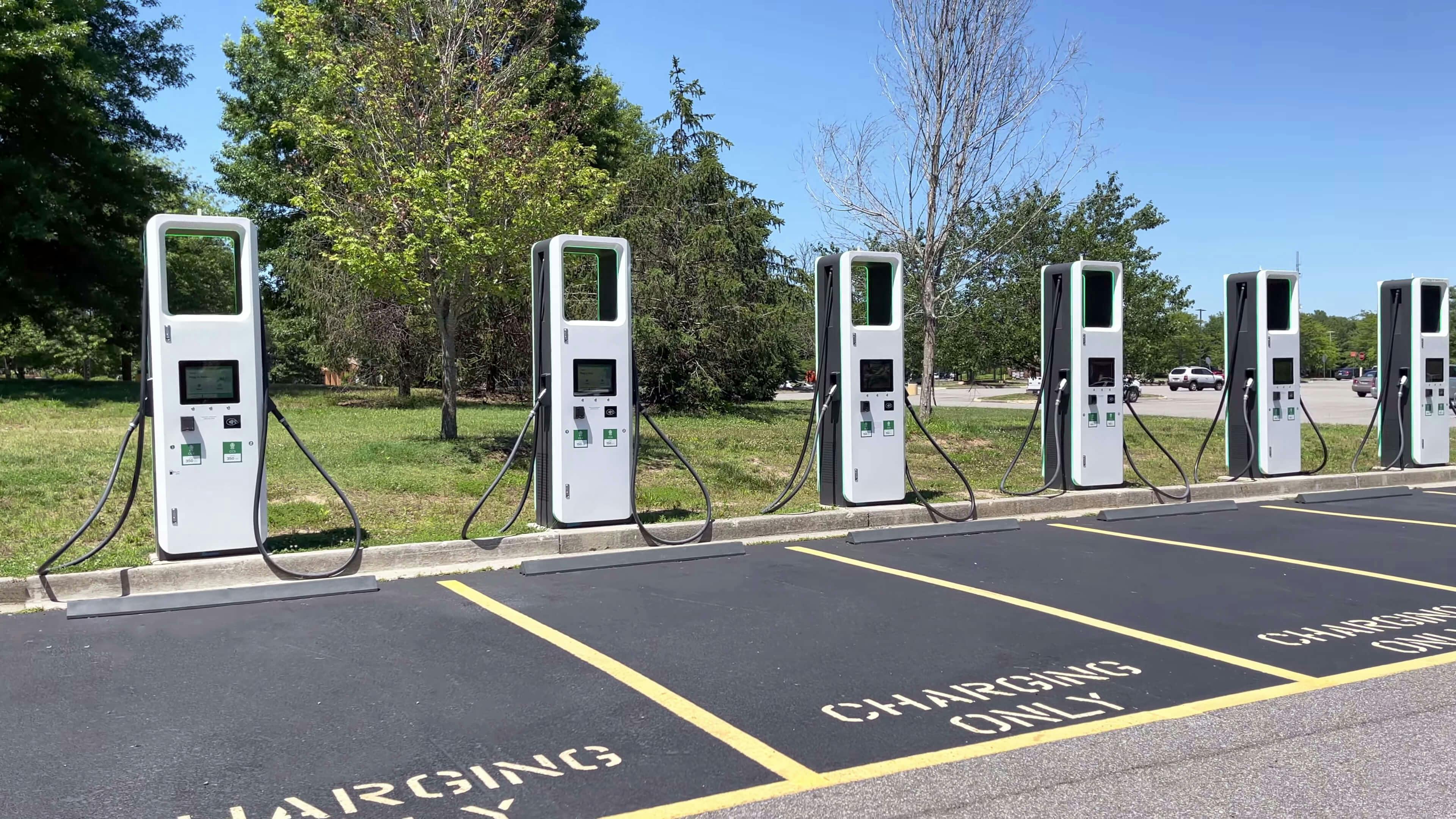It’s now become a ritual: since 2019, the beginning of each year has been punctuated by the collection of data, followed by the production of the Carbone Assessment. A rare thing for a company like ours, all these stages are carried out in-house, under the guidance of our Sustainable Development Officer, who has been trained in the method. For the first time since our estimates began, we are able to take a step back and interpret the trends we have observed over the last four years. Deepomatic’s new 2022 carbon report is therefore, the first to report on these trends. Let’s not beat around the bush: pragmatically, our emissions are increasing in absolute and relative terms. 2021 our Balance Sheet showed that we were responsible for 128 tCO2e, compared with 276 tCO2e in 2022. Put that way, and we’d have plenty to worry about. Yet what looks like bad news is a source of pride for Deepomatic. Here’s why:
An initially limited impact
Deepomatic was already relatively frugal even before it carried out its first assessment and implemented the subsequent reduction measures. As proof of this, hiring a person entirely dedicated to the development of the CSR policy when the company had 30 employees was born of an internal desire. The subject was already a concern, and several common-sense actions had already been taken before the first assessments. Reducing emissions is more complex in a setting like this than in other scenarios where more habits can be changed. What’s more, although the impact of digital technology is colossal, the emissions of SaaS companies like ours remain rather low in comparison with industrial sectors that transform and ship physical products. These factors partly explain why a drastic reduction in emissions could not take place. Let’s now take a closer look at what justifies these increases.
Major methodological changes
The explanation for this increase lies in the many methodological changes affecting how we measure our emissions. Here are a few examples:
- This year, for the first time, we integrated the emissions estimates proposed by our Cloud service provider. Up to now, we have relied on quantified assumptions based on an internal methodology approved by third parties. Despite our stated intention to increase rather than decrease the results, the figures provided are 4 to 5 times higher than those of the previous year. While our usage has increased significantly, it seems that we have underestimated the overall impact.
- Another new feature, still on the digital front, is the inclusion of data transfer (internal and external) over networks, as well as videoconferencing and webinars. Due to the global lack of maturity regarding the impact of digital issues mentioned above, these dimensions were simply not taken into account until now.
- Similarly, we had trouble integrating the use of software into our balance sheet, despite the fact that it accounts for a large proportion of our purchases. We can account for this item now that we’ve identified the correct emissions factor. This category alone represents almost 18 tCO2e, or roughly 7% of our emissions.
- Like software, telecommuting was not included in previous assessments, as we had no methodological guidelines for doing so. Since this year, this has been done!
- Finally, the vast majority of our emissions come from the services we use at Deepomatic (around 25%), such as those employed for maintenance and upkeep of our premises or for internal events. It should be noted that the impact of these services is measured using monetary factors, which are highly uncertain and tend to inflate the estimates. This year, we have adopted a more refined reading of our Accounting files, enabling us to better account for the impact of services, thus inflating the score compared with previous years.
If the drastic increase in our emissions is not just seen as a bad sign, it’s because we don’t interpret it as a deterioration in our behavior but as a sign of a global methodological refinement. We are convinced that companies will get closer to their real impact by improving their evaluation methods.
Now that we’ve arrived at a methodology that takes into account all our direct and indirect emissions, there’s every reason to believe that future assessments will be easier to compare.
But what about the challenges revealed by our carbon footprint?
New challenges ahead
We have no intention of resting on our laurels. We know that we must constantly remain vigilant because the slightest slacking has consequences. We have observed this phenomenon in our business travels, which has increased significantly despite the implementation of a strict travel policy. The difference is partly due to the upturn in international activity post-COVID, which naturally limited our participation in external events.
In addition to maintaining our policies, our new challenge is to organize our actions and go further into our reduction measures. Indeed, following our first review in 2019, we put in place a series of actions:
- Restricting our employees’ travel by requiring them to take the train for all journeys not exceeding 7 hours.
- Formalizing a purchasing policy for IT equipment that favors refurbished products, with a target of 100% refurbished by 2024.
- Waste reduction and recycling policy.
At the time of their implementation, we did not seek to quantify their potential impact in a detailed action plan. They were undertaken rather “instinctively.” Today, we need to undertake new reduction actions, which are proving more difficult and costly to implement. They revolve around two major pillars: optimizing the Cloud and reducing energy consumption in our offices by improving overall insulation. To help us plan these reduction actions in a more concrete and operational way, we will be drawing up a costed plan over the coming quarter. Until this plan is fully defined, measured, and shared, we invite you to consult our Carbon Report 2022, which will give you a clearer idea of our methodology and results.





